Jaundice in
newborns
Identifying symptoms
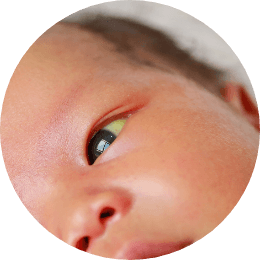
Jaundice in newborns often causes a yellowish tint on the skin and eyes. They might also seem exhausted and want to drink less.
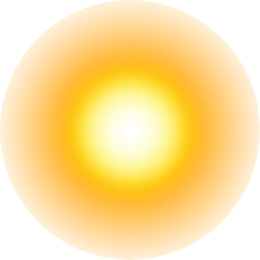
It is easier to spot the yellow colour in natural daylight, while indoor lights can make it harder to see.
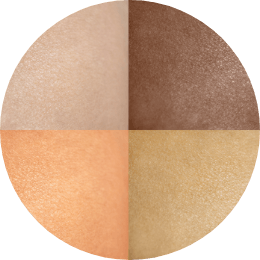
In babies with darker skin, signs of yellowing are often more prominently visible in the palms of their hands, the bottoms of their feet, and inside their mouth, compared to other parts of the skin.
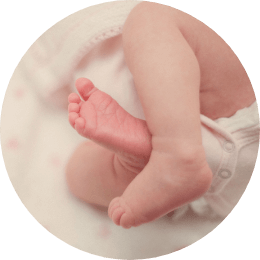
The most common type of jaundice typically appears within two to three days after a baby is born.
Prepare for
screening
When preparing for the arrival of a newborn, it is important to understand that while healthcare professionals typically assess newborns shortly after delivery, symptoms of jaundice may not become apparent until a few days later. Being extra vigilant during this time can ensure that your little one gets timely treatment if needed. However, relying solely on visual inspection to detect jaundice is difficult. Instead, screening tools offer a safer and more accurate approach. Consider discussing Picterus® Jaundice Pro with a midwife or doctor as part of your prenatal preparations.
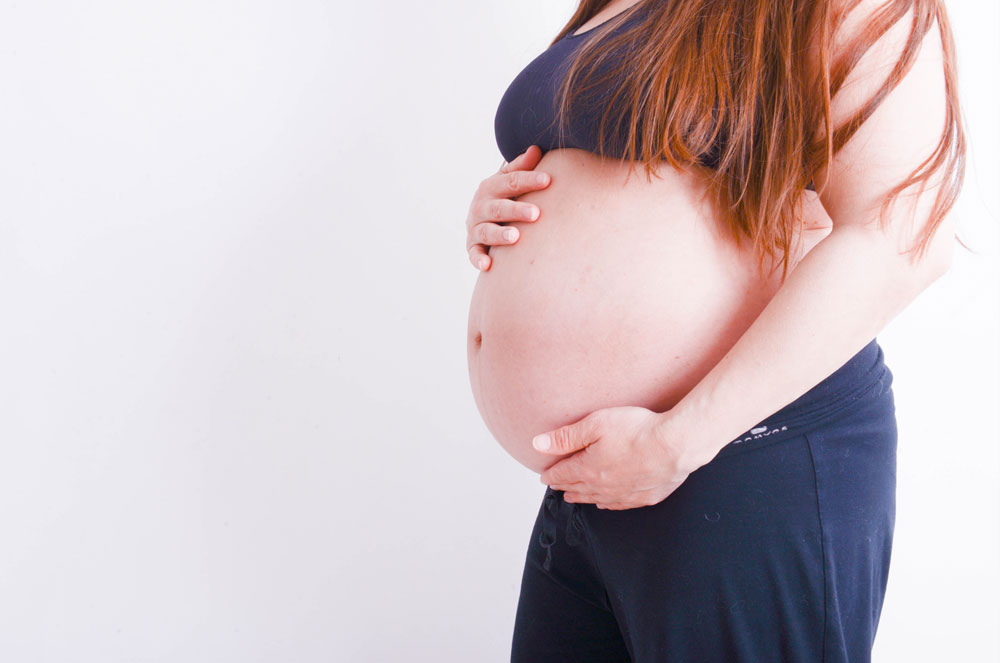
Professional screening
made simple
Picterus® Jaundice Pro is a jaundice screening device approved for clinical use by healthcare professionals and caregivers. It allows you, your midwife or doctor to screen your newborn in any environment, whether at home, in a hospital or elsewhere.
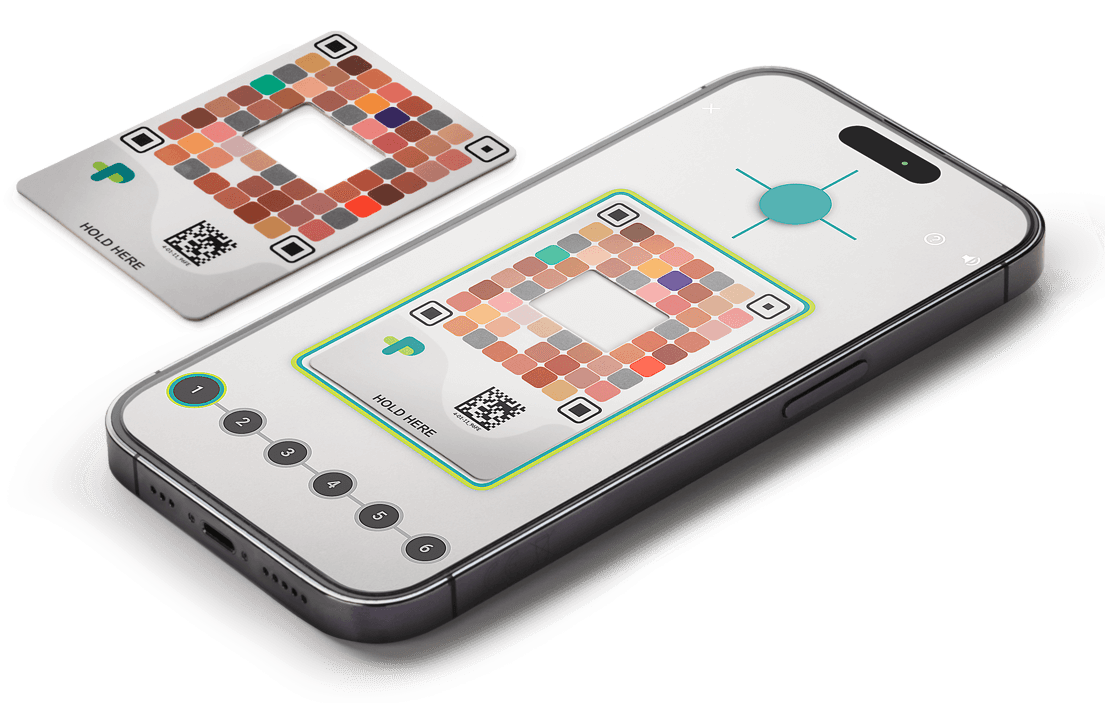
Jaundice is
treatable
For most newborns, jaundice is mild and resolves on its own within a few days. However, some may need treatment that can last for several weeks. A common method is phototherapy, where the baby’s skin is exposed to a special light via a lamp or light-emitting blanket. This process, commonly referred to as sunbathing, helps the body break down the bilirubin so it can be removed more easily.
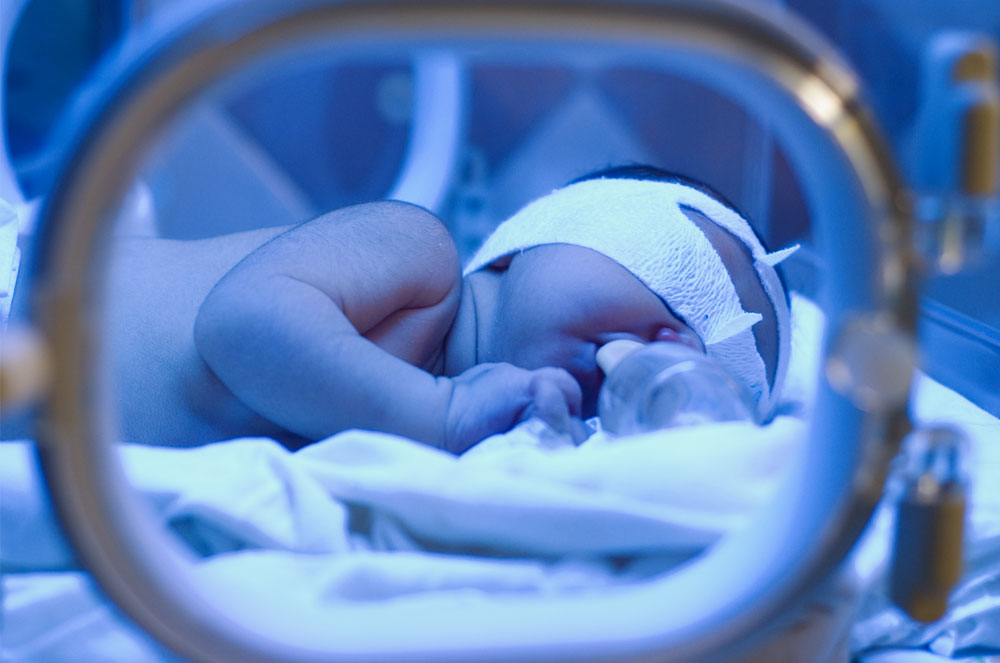
The global picture
Neonatal jaundice is a global health issue with varying prevalence and management approaches across different regions. The urgent demand for cost-effective solutions has been emphasised in research. In underdeveloped countries, limited access to healthcare and reliable screening tools often leads to late diagnosis and treatment. This increases the risks of severe complications and mortality, which can be preventable with better access to more affordable technology. It is estimated that more than 114 000 newborns die from jaundice every year.
The birth of Picterus
The idea behind Picterus traces back to Dr. Anders Aune’s time in Tanzania in 2012, where he got to experience the widespread devastation of neonatal jaundice first-hand. The lack of a better solution became painfully apparent. Motivated by this realisation, he founded Picterus together with Gunnar Vartdal and Lise Lyngsnes Randeberg in 2015. Two years later, our first clinical study was completed. We have been working hard to improve our jaundice screening technology ever since.